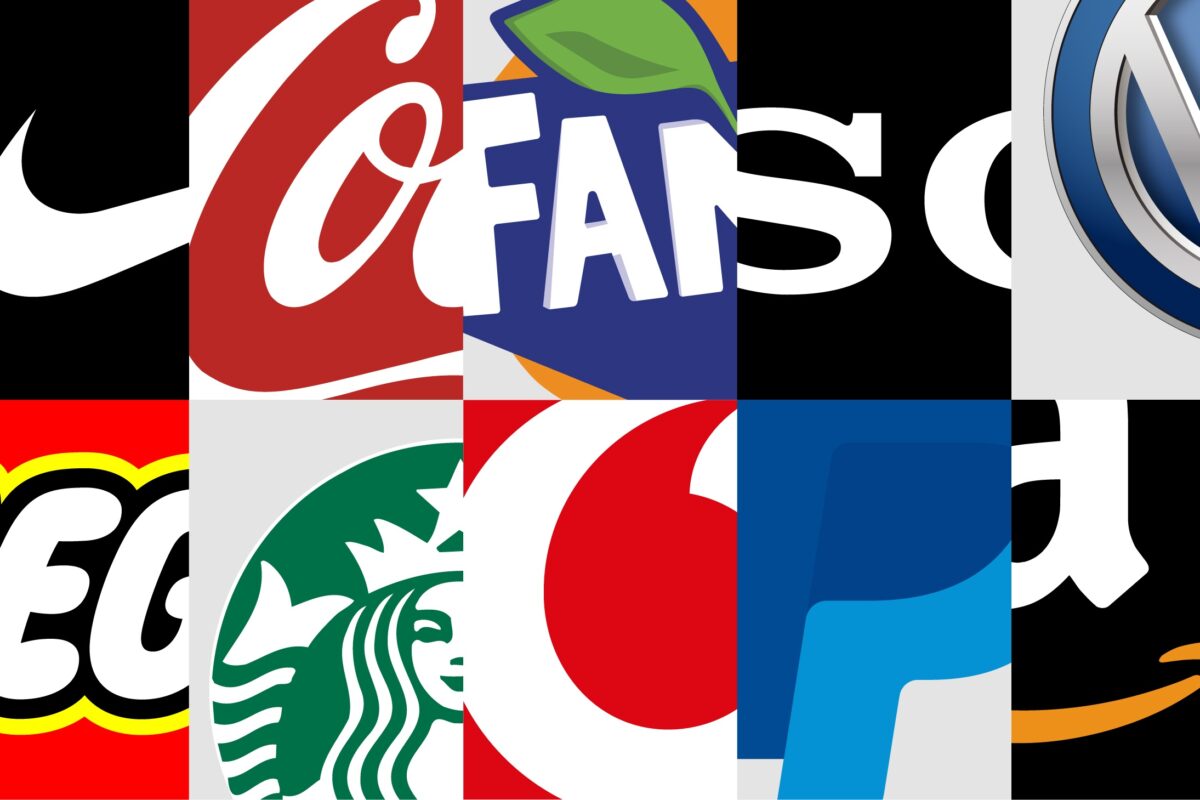Let’s say your brand has a significant and genuine improvement, and not just a cosmetic change. Most marketers agree that the new product deserves its own brand name and separate identity.
Consider the advances in razor blades from Gillette. You’ll note that each major step forward creates a new brand, whereas modest improvements to an existing product carry an “enhanced” name of the current brand.
* Double-blade razor (1971): Trac II
* Razor with a pivot point (1977): Atra
* Pivot razor with lubricating strip (1985): Atra Plus
* Razor w/ spring-loaded blades (1990): Sensor
* Spring-loaded flexible microfins (1995): Sensor Excel
* Razor with three blades (1998): Mach3
* Razor with five blades (2006): Fusion
Innovators in technology often roll out a series of next-generation products. No one has done this better than Intel. Their march of microprocessors has been a marvel to behold. Intel dominates the sophisticated chip business by constantly introducing the next generation. In the second edition of our book Differentiate or Die (Wiley, 2008), Jack Trout and I point out that no competitor has been able to mount an attack against Intel, except by offering a lower price on what has just become an older-generation chip.
Here is a partial list of Intel’s microprocessor branding. Again, note that each quantum leap in technology creates a new brand, whereas an improvement to the existing chip carries a name that enhances the existing brand.
* 1989: the 486
* 1993: Pentium
* 1995: Pentium Pro
* 1997: Pentium II
* 1998: Pentium II Xeon
* 1999: Pentium III
* 2000: Pentium III Xeon
* 2002: Pentium 4
* 2003: Pentium M
* 2004: Pentium 4E
* 1999: Celeron
* 2001: Itanium
* 2007: Core 2 Quad
The Blake Project Can Help: The Strategic Brand Storytelling Workshop
Branding Strategy Insider is a service of The Blake Project: A strategic brand consultancy specializing in Brand Research, Brand Strategy, Brand Growth and Brand Education





One comment
fermata
May 6, 2009 at 4:53 pm
first of all, there have been a zillion Intel processors introduced since the end of your list in 2007 — Core 2 Quad, Core 2 Extreme, Core i7, Atom, etc. Second, all of the names listed are still on the market, in some form or another. Do you really know the differences among them and which are “better”? Intel itself isn’t able to articulate that in a clear way for consumers (see newly developed rating system on intel.com). No one has been able to unseat Intel from its dominant position, but I really don’t think product naming is the reason. Few people even know which one is in the computer they’re using right now. I don’t think Intel is a good example of effective naming; indeed, I think it’s one of the worst. Would love to get your response. Thanks.
Comments are closed.